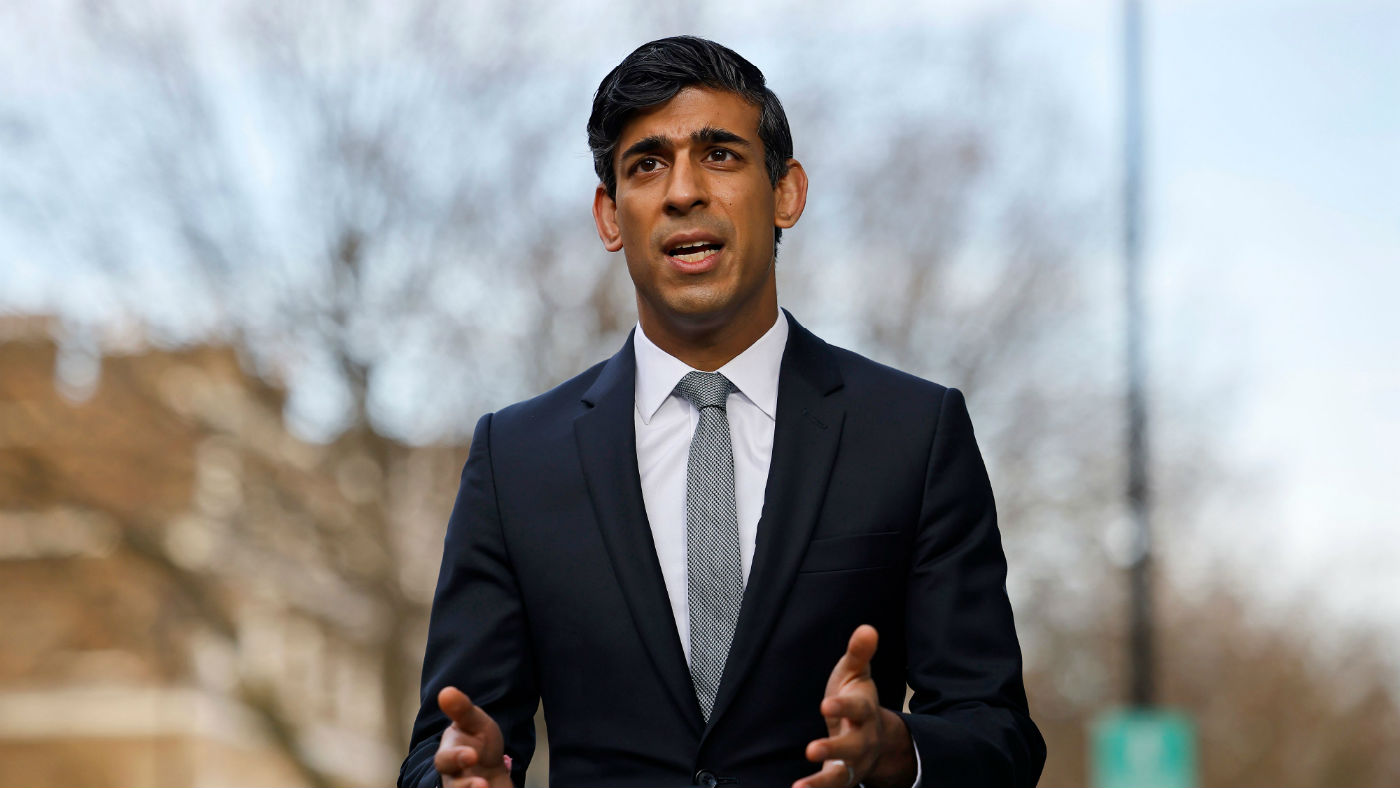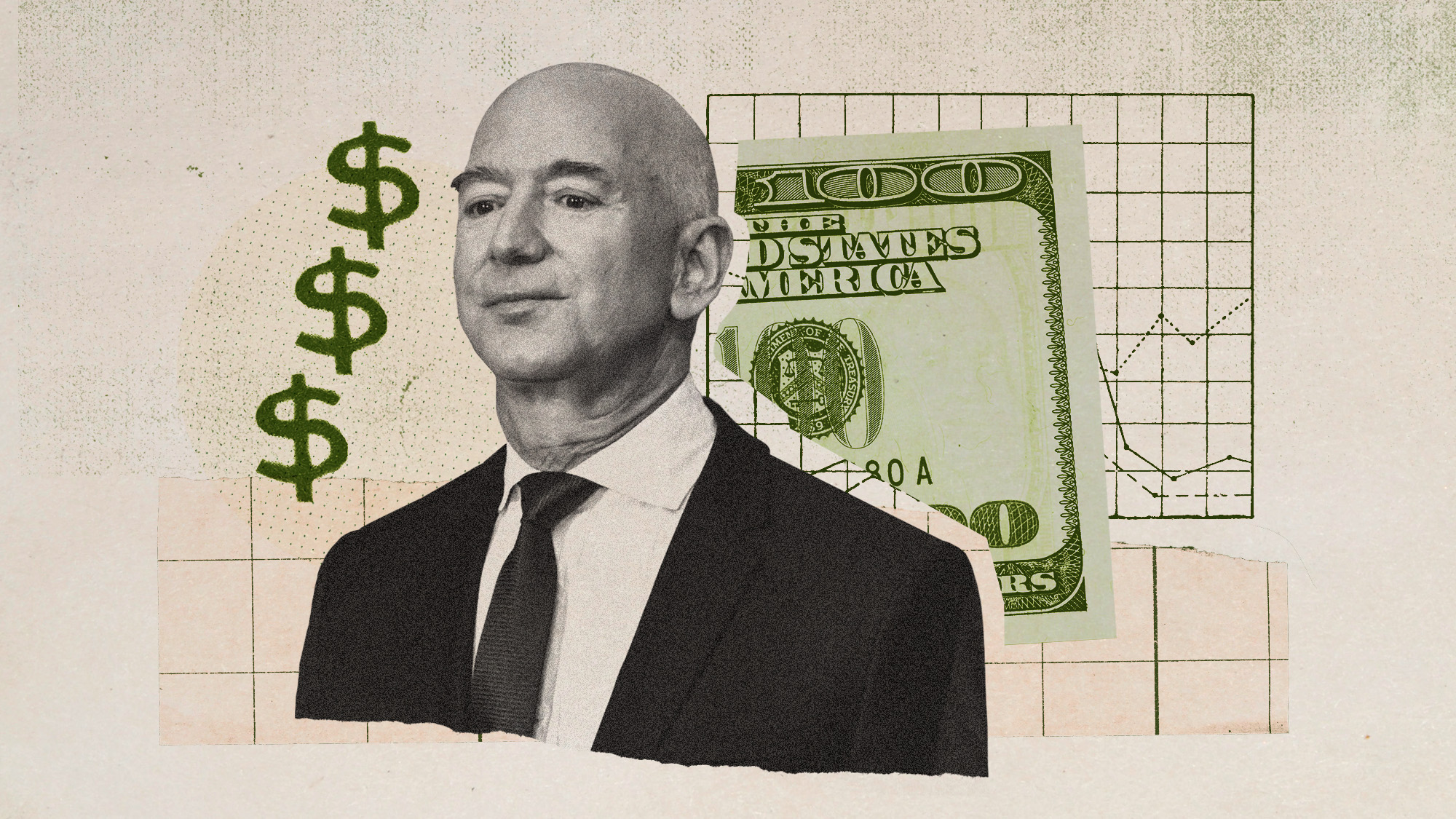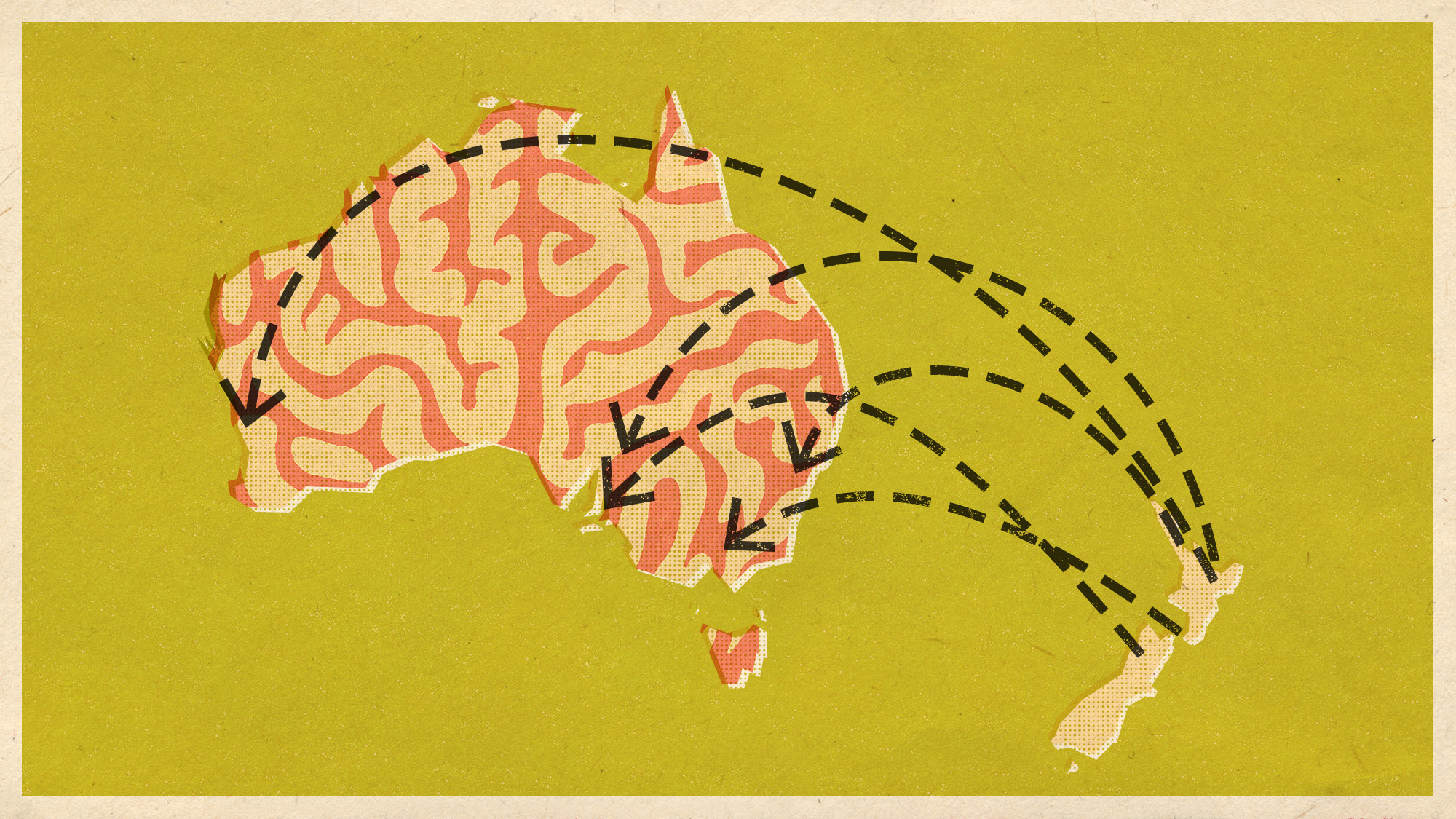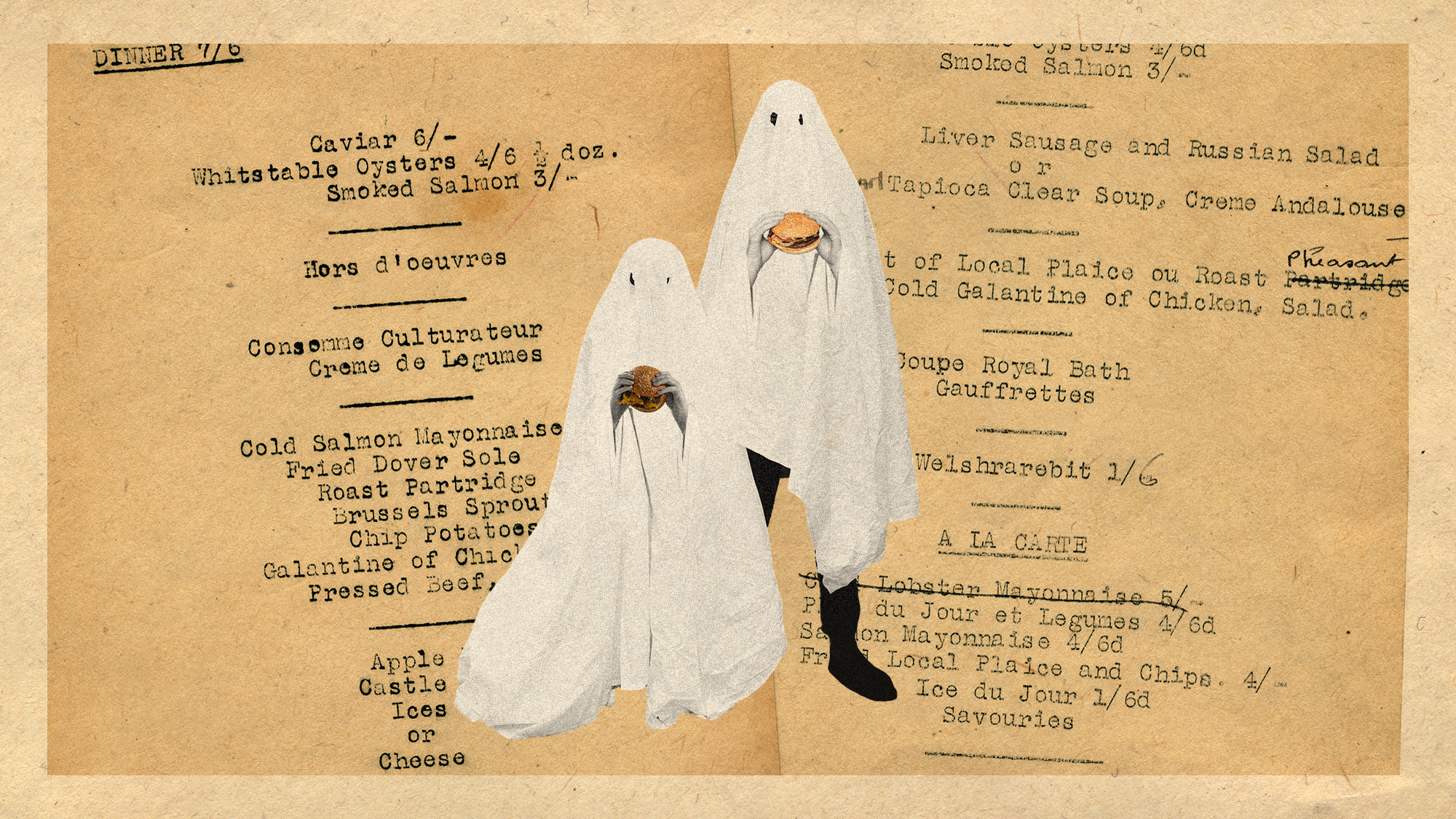End of the furlough scheme: what happens next for the UK’s job market?
1.6m workers were still being supported by the scheme in July

When Rishi Sunak first announced details of the Coronavirus Job Retention Scheme in March last year, he declared Britain was facing a “generation-defining moment” and that “unprecedented measures” were needed to protect the futures of businesses and workers.
An “enormous wage bailout” saw the government pay 80% of people’s salaries, defer VAT payments and increase out of work benefits, The Times reported. “We are starting a great national effort to protect jobs,” the chancellor said. “We want to look back on this time and remember how in the face of a generation-defining moment we undertook a collective national effort and we stood together.”
Helping employers retain staff during the pandemic, the furlough scheme came into effect on 20 April 2020. After 529 days, including a period of winding down, it officially comes to an end this week, on Thursday 30 September.
The Week
Escape your echo chamber. Get the facts behind the news, plus analysis from multiple perspectives.

Sign up for The Week's Free Newsletters
From our morning news briefing to a weekly Good News Newsletter, get the best of The Week delivered directly to your inbox.
From our morning news briefing to a weekly Good News Newsletter, get the best of The Week delivered directly to your inbox.
The end date has been “pushed back five times,” the Daily Mirror said, but this is “the final one.”
How did the furlough scheme work?
Furloughing is granting - or mandating - a leave of absence for a worker. A furloughed worker is someone who remains employed in their regular job, but has been told to stop working.
Under the job support scheme, the government paid 80% of furloughed workers’ wages, up to £2,500 a month, if they were put on leave as a result of the pandemic.
A free daily email with the biggest news stories of the day – and the best features from TheWeek.com
On 1 July the scheme started to wind down with staff continuing to receive 80% of their wages. However, employers paid part of that for the first time with government support covering 70% of salaries, up to £2,187.50, the Mirror reported. The support then dropped again on 1 August to its current level of 60%, capped at £1,875.
How much has it cost?
Since its launch 18 months ago 11.6m jobs have been supported by the furlough scheme, the government said. And according to estimates from the Office for Budget Responsibility the cost will come to about £66bn. “That’s a huge sum”, the BBC said, “around one fifth of the money the government has spent on the response to Covid”.
The scheme has been a “great success” and a “job well done”, said the Resolution Foundation think tank. It has provided for 2.3bn days of furlough, both full and partial, and has “ensured that the worst recession for 300 years saw the smallest rise in unemployment of any recession in living memory”.
How many people are still on furlough?
During the peak of the Covid-19 crisis, in May 2020 almost 9m people were being supported by the scheme. At the end of July this year, 1.6m were still on furlough, the lowest level since the start of the pandemic and 340,000 fewer than a month earlier, the BBC reported.
Barring an “unlikely last-minute change of heart”, the wage subsidy will no longer be open to struggling firms and there are fears for the workers still on furlough, The Observer said. The Bank of England is “also growing more nervous” about what will happen to more than 1m still-furloughed workers once employers are responsible for paying their wages in full.
Airport towns could be hit hard
The “loosening” of travel rules “came too late” to save the tourism sector’s crucial summer period, The Telegraph said. And the end of furlough could see airport hubs such as Crawley and Luton face a “sharp jump in unemployment”.
Close to Gatwick airport, one in ten of Crawley’s workforce were still on the furlough scheme as of the end of July. Meanwhile, Slough, which is near Heathrow, is also “highly vulnerable” with 9% of its workers on furlough.
In Greater Manchester up to 12,000 people could lose their jobs when the scheme ends this week, Business Live reported. Subrahmaniam Krishnan-Harihara, head of research at the Greater Manchester Chamber of Commerce, said a significant number of redundancies could be made in connection with Manchester Airport because of the impact the pandemic has had on the “valuable economic asset”.
What happens next?
Official figures from the Office for National Statistics (ONS) revealed that the number of job vacancies in the UK surged past 1m in August, the BBC reported. However, business groups said that despite the return of staffing levels to pre-pandemic rates there remained “high demand for more staff, and there was a risk labour shortages would dampen growth”.
The Resolution Foundation expects that hundreds of thousands more workers will be looking for new jobs by the end of the week. “Older workers, who are the most likely to still be on furlough, face the greatest risk of unemployment,” The Times reported.
The chancellor believes the labour market “now needs more customised support” that will match workers still on furlough with more than 1m job vacancies, The Observer reported. Sunak is expected to announce plans in next month’s budget.
“One thing is certain,” said the paper’s Larry Elliott. “In the event that rising infection rates necessitate another lockdown of the economy, Sunak will be under strong pressure to bring furlough back. A precedent has been set.”
-
 Alaa Abd el-Fattah: should Egyptian dissident be stripped of UK citizenship?
Alaa Abd el-Fattah: should Egyptian dissident be stripped of UK citizenship?Today's Big Question Resurfaced social media posts appear to show the democracy activist calling for the killing of Zionists and police
-
 Biggest political break-ups and make-ups of 2025
Biggest political break-ups and make-ups of 2025The Explainer From Trump and Musk to the UK and the EU, Christmas wouldn’t be Christmas without a round-up of the year’s relationship drama
-
 Why 2025 was a pivotal year for AI
Why 2025 was a pivotal year for AITalking Point The ‘hype’ and ‘hopes’ around artificial intelligence are ‘like nothing the world has seen before’
-
 What's Jeff Bezos' net worth?
What's Jeff Bezos' net worth?In Depth The Amazon tycoon and third richest person in the world made his fortune pioneering online retail
-
 'Brain drain' fear as record numbers leave New Zealand
'Brain drain' fear as record numbers leave New ZealandUnder The Radar Neighbouring Australia is luring young workers with prospect of better jobs
-
 Ghost kitchens are pulling a disappearing act
Ghost kitchens are pulling a disappearing actunder the radar The delivery-only trend is failing to live up to the hype built up during the pandemic
-
 The birth of the weekend: how workers won two days off
The birth of the weekend: how workers won two days offThe Explainer Since the 1960s, there has been talk of a four-day-week, and post-pandemic work patterns have strengthened those calls
-
 Why household wealth took off during the pandemic
Why household wealth took off during the pandemicUnder The Radar The Covid-19 pandemic caused a lot of pain and hardship, but new research shows it also left most Americans wealthier
-
 Empty office buildings are blank slates to improve cities
Empty office buildings are blank slates to improve citiesSpeed Read The pandemic kept people home and now city buildings are vacant
-
 Inflation vs. deflation: which is worse for national economies?
Inflation vs. deflation: which is worse for national economies?Today's Big Question Lower prices may be good news for households but prolonged deflation is ‘terrible for the economy’
-
 America's 'cataclysmic' drop in college enrollment
America's 'cataclysmic' drop in college enrollmentToday's Big Question "The slide in the college-going rate since 2018 is the steepest on record"